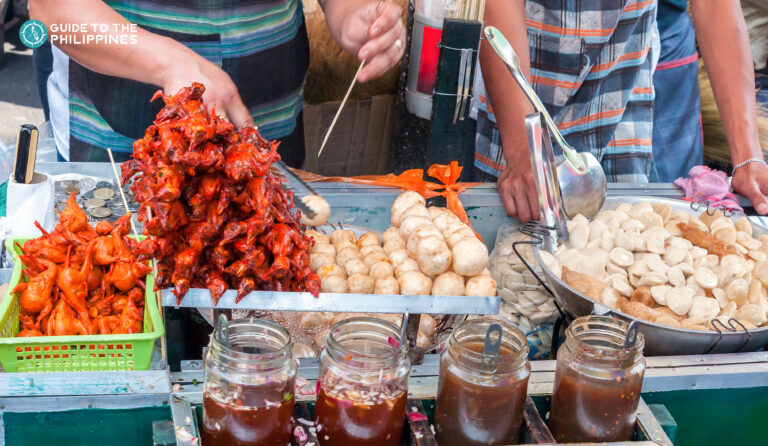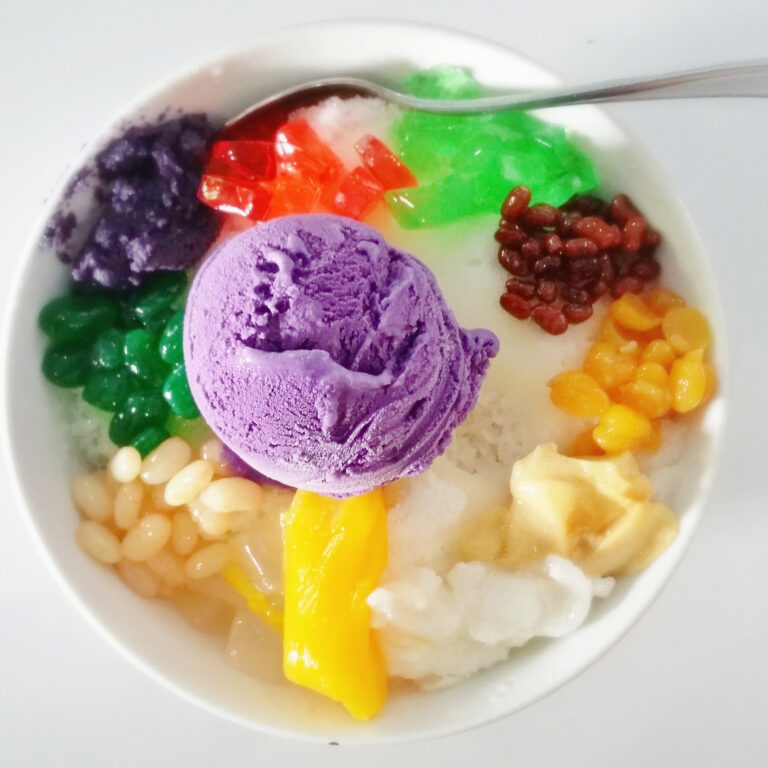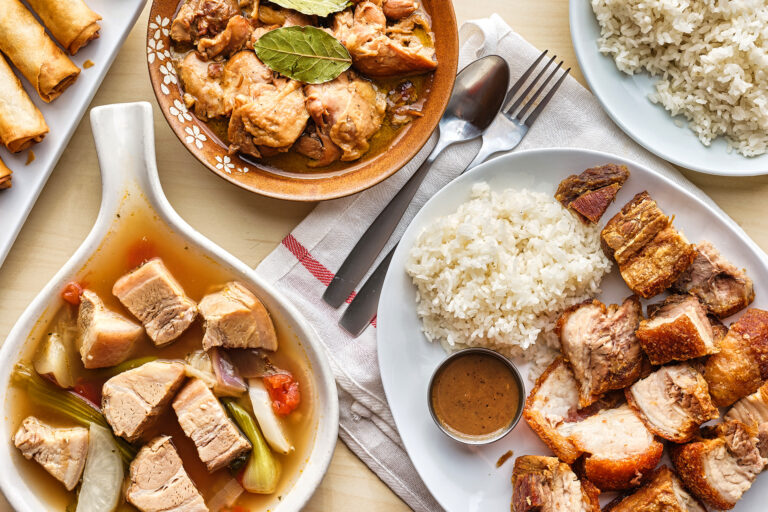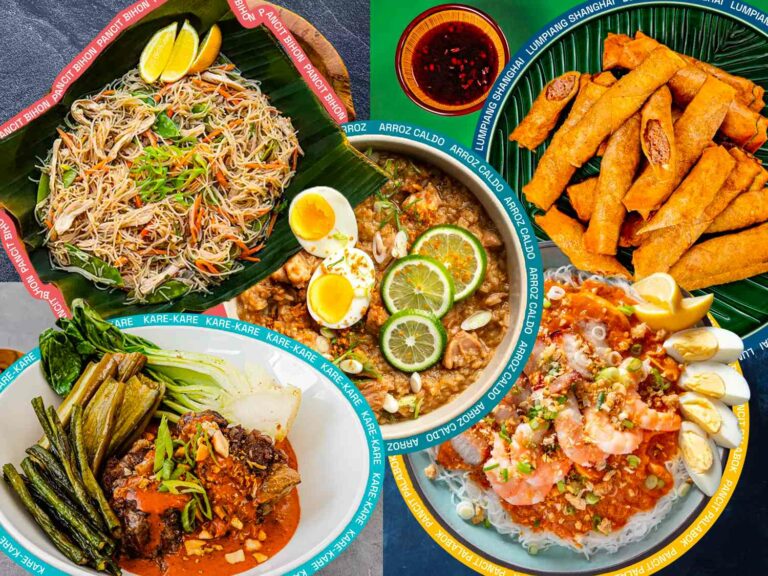Introduction: Peruvian cuisine’s rich heritage
Peruvian cuisine is renowned for its diverse flavors, thanks to its mix of indigenous, European, African, and Asian influences. The country’s rich culinary heritage dates back to the Inca Empire and has evolved through centuries of cultural exchange and migration. Peruvian dishes are known for their bold spices, fresh seafood, and unique ingredients such as quinoa and purple potatoes.
Ceviche: A national dish made with fresh fish and tangy lime juice
Ceviche is perhaps the most famous Peruvian dish and is considered a national treasure. It is made with fresh seafood, typically raw fish, marinated in lime juice, onions, and chili peppers. The acid in the lime juice “cooks” the fish, leaving it with a tender, slightly chewy texture. Ceviche is typically served with sweet corn, boiled potatoes, and a side of spicy salsa. It is a refreshing and flavorful dish that is perfect for a hot summer day.
Lomo Saltado: A fusion of Asian and Peruvian flavors in a stir-fry dish
Lomo Saltado is a stir-fry dish that reflects Peru’s diverse cultural influences. It is made with tender strips of beef marinated in soy sauce, vinegar, and spices, and then stir-fried with onions, tomatoes, and french fries. Yes, french fries! This dish is a perfect example of the fusion of Peruvian and Asian flavors, as it incorporates soy sauce and stir-fry techniques from Chinese cuisine. Lomo Saltado is typically served with rice and is a hearty and flavorful meal that will leave you feeling satisfied.
Aji de Gallina: A creamy chicken stew with aji amarillo spice
Aji de Gallina is a creamy chicken stew that is a staple of Peruvian cuisine. It is made with shredded chicken that is cooked in a sauce of milk, bread, and aji amarillo chili pepper. Aji amarillo is a bright yellow chili pepper that is a signature ingredient in Peruvian cuisine. The sauce is thickened with ground walnuts and bread, giving it a rich and creamy texture. Aji de Gallina is typically served with white rice, boiled potatoes, and black olives, and is a comforting and flavorful dish that is perfect for a chilly day.
Papa a la Huancaína: Boiled potatoes smothered in a spicy cheese sauce
Papa a la Huancaína is a simple but delicious dish that is a favorite among Peruvians. It is made with boiled potatoes that are smothered in a spicy cheese sauce made with aji amarillo chili peppers, queso fresco cheese, and evaporated milk. The sauce is creamy and slightly tangy, with a hint of spice from the chili peppers. Papa a la Huancaína is typically served with hard-boiled eggs and black olives, and is a perfect appetizer or side dish for any Peruvian meal.
Anticuchos: Grilled skewers of marinated beef heart, a popular street food
Anticuchos are a popular street food in Peru that is made with marinated beef heart that is skewered and grilled. While the idea of eating beef heart may sound unusual, it is a tradition that dates back to the Inca Empire. The heart is marinated in a mixture of vinegar, garlic, cumin, and aji panca chili pepper, giving it a smoky and slightly sweet flavor. Anticuchos are typically served with a side of boiled potatoes and a spicy salsa, and are a delicious and unique addition to any Peruvian meal.










